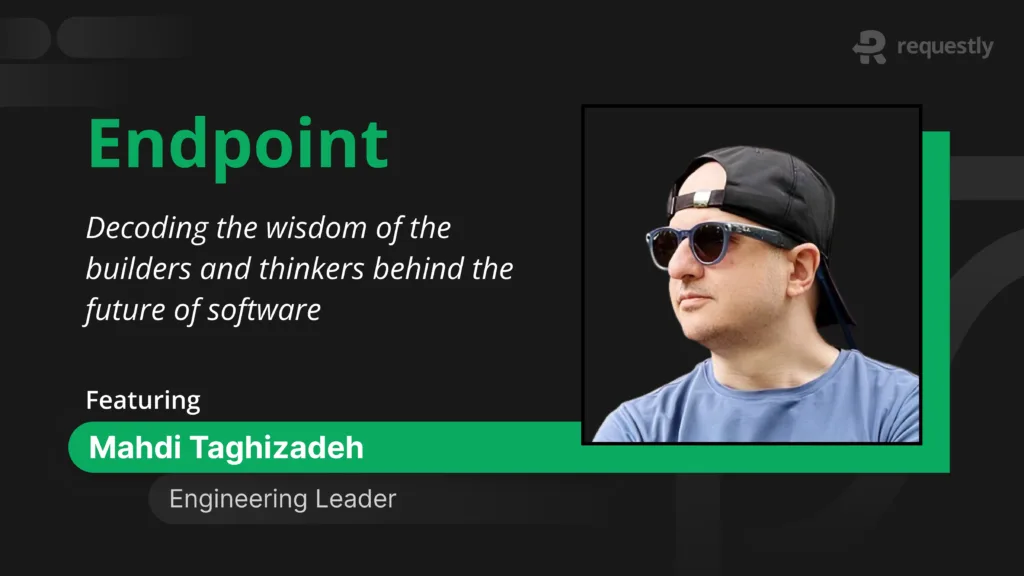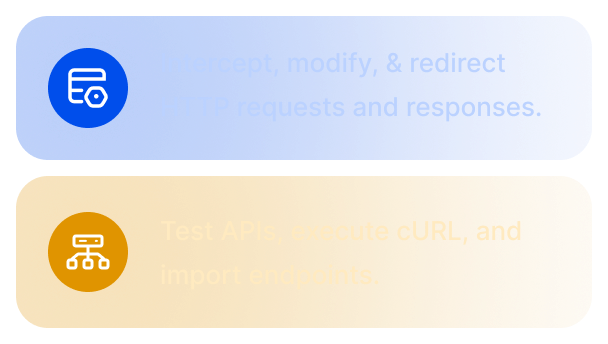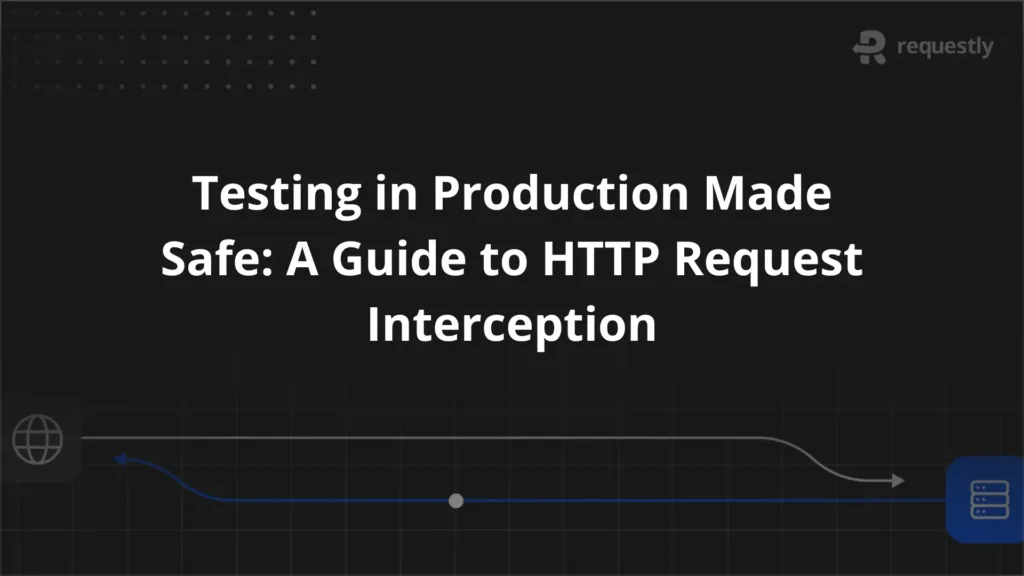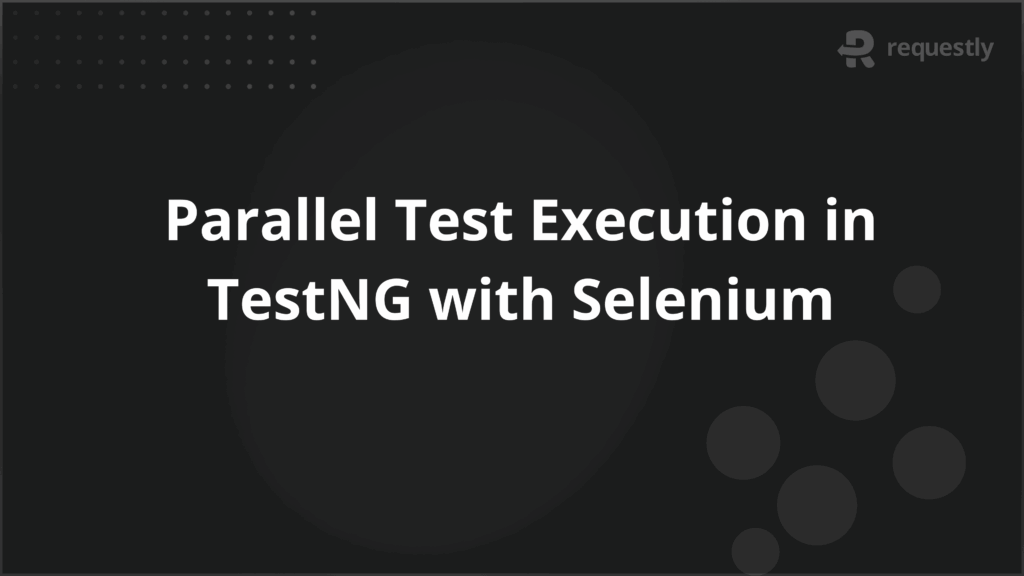Endpoint ft. Mahdi Taghizadeh: A CTO’s guide to product thinking, observability, and growth

Endpoint ft. Mahdi Taghizadeh: A CTO’s guide to product thinking, observability, and growth
_In the world of technology, some leaders don’t just follow trends—they define them. They are the builders and thinkers, grounded in real-world experience, whose insights push the industry forward. To celebrate their work and bring their hard-won wisdom to the community, we’re proud to introduce_ _Endpoint_ _—a series by Requestly spotlighting the leaders shaping the future of software._
Mahdi Taghizadeh is an engineering leader and technologist with a remarkable career spanning over 15 years. Having held roles ranging from Co-founder and CTO in the startup world to his current position as a Senior Software Engineer, Mahdi brings a rare 360-degree view of the software development lifecycle. He specializes in scaling high-performing teams, implementing agile practices, and nurturing talent.
We spoke with Mahdi to delve into his extensive experience, discussing how to instill a product-first mindset in engineering teams, the secrets to resolving critical production issues, and the underrated skills essential for building a successful career in tech.
A Q&A with Mahdi Taghizadeh
Given your CTO experience and startup background, what’s one thing you wish more engineers understood about connecting product thinking with engineering execution?
Unlike what it might appear at first glance, XP and Agile practices are not engineering-first concepts. In fact, they were created by engineering leaders to allow the engineering team to think from a product perspective and build things based on real requirements. For example, one practical approach in Test Driven Development (TDD) is Outside-in TDD. This means starting with the outermost layer of tests to verify a business requirement or logic. Functional tests in the real world test the functionality that users will interact with, enabling the engineering team to think from the customer’s perspective. That’s exactly where a test should be written first, mimicking the business requirement. Then, follow the Red-Green-Refactor circle in Test-Driven Development to implement the feature.
From your experience leading engineering teams, what’s your go-to framework for diagnosing and resolving critical API issues in production without impacting users?
I believe we should first default our software product to have a robust testing backbone, typically known as the Testing Pyramid. This will allow us to test our production code in different layers and from various aspects, minimising issues in production. However, it won’t guarantee an error-free code.
The magical toolset for engineering teams to tackle production issues is a proper observability framework. This framework provides 360-degree visibility into everything happening in our production code. Proper logging, tracing, and monitoring ensure that even the most critical issues won’t hide themselves. Our observability tooling, combined with a proper incident management framework, allows us to address issues as soon as they occur and learn from them in a retrospective. Community-adopted OSS solutions, like Cloud Native OpenTelemetry, can be a great choice for building a nice observability framework for our production code, just like many other things.
How do you see AI shaping or streamlining workflows between front-end and back-end development over the next few years?
AI, particularly generative AI, is a revolutionary pivot in software engineering. While some believe that vibe coding or coding agents will replace software engineers, I see them becoming great, smart, patient assistants to skilled engineers in a few years. Currently, they’re not quite there yet, but they’re improving rapidly. These assistants will help engineers focus on creating products from code rather than just writing it. This shift could accelerate or even eliminate unnecessary repetitive tasks in both front-end and back-end development over the next few years, freeing up engineers to concentrate on complex problems.
What’s one emerging trend or shift in the tech landscape that you’re personally most excited about right now?
I’m very excited about AI workflow automation platforms like n8n. They allow you to validate many software or product ideas without building a traditional codebase that used to take weeks or even months to create an MVP. This is similar to what I mentioned earlier. Such initiatives eliminate the unnecessary back-and-forth attempts to learn if something is feasible or worth spending quality engineering time on building a real product. I remember loving to create cool automations on platforms like IFTTT to curate the content I read daily and publish it on my social media accounts at times when they were more reachable to my audience. I had automations like that without writing a single line of code, and platforms like n8n are doing a 100x more advanced version of that using AI. It’s so exciting!
In your view, what’s the most underrated skill that developers and engineering leaders need to succeed today?
I’ll keep it short: algorithms and computer science in general (as the building blocks of coding, not just for technical interviews) and Extreme Programming.
What’s one piece of career advice you wish you had received early in your journey that you now share with others?
Don’t settle for your technical and managerial knowledge and expertise simply because they’re currently working for you. Instead, seek challenges outside your comfort zone and encourage your team and business stakeholders to foster an enduring growth culture.
What was your biggest takeaway from Mahdi’s insights? Share your thoughts and join the conversation on LinkedIn!
_Join us in celebrating Mahdi Taghizadeh and the incredible work of all the developers, builders, and product leaders who are pushing the boundaries of technology. Stay tuned as we continue to spotlight more leaders in our Endpoint series._
Contents
- Endpoint ft. Mahdi Taghizadeh: A CTO’s guide to product thinking, observability, and growth
- A Q&A with Mahdi Taghizadeh
- Given your CTO experience and startup background, what’s one thing you wish more engineers understood about connecting product thinking with engineering execution?
- From your experience leading engineering teams, what’s your go-to framework for diagnosing and resolving critical API issues in production without impacting users?
- How do you see AI shaping or streamlining workflows between front-end and back-end development over the next few years?
- What’s one emerging trend or shift in the tech landscape that you’re personally most excited about right now?
- In your view, what’s the most underrated skill that developers and engineering leaders need to succeed today?
- What’s one piece of career advice you wish you had received early in your journey that you now share with others?
- What was your biggest takeaway from Mahdi’s insights? Share your thoughts and join the conversation on LinkedIn!
Subscribe for latest updates
Share this article
Related posts





















